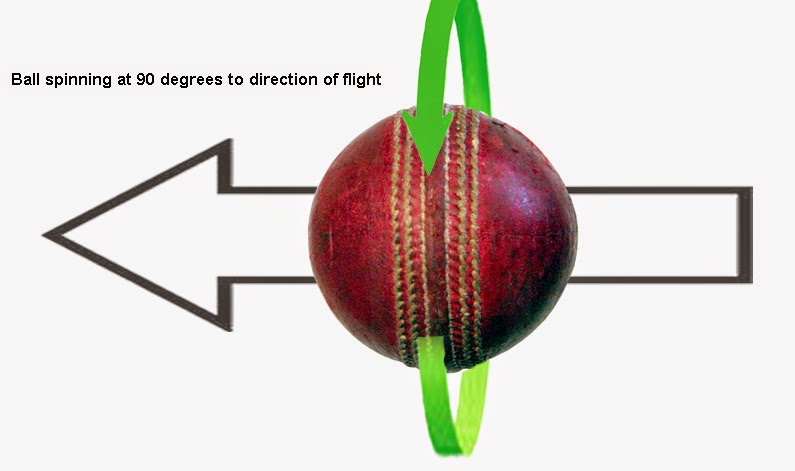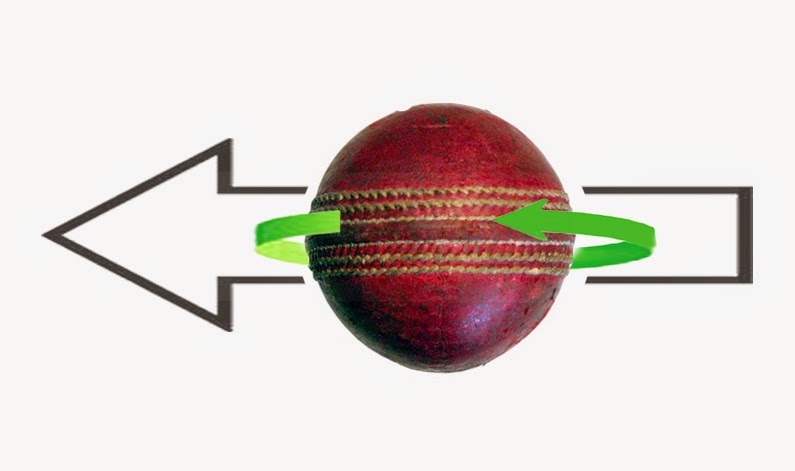someblokecalleddave
Well-Known Member
Good. Okay then, this is where it's going to get complicated. That all makes perfect sense to me so far. More illustrations are required, I'll be a while...Yes.
Okay, so what happens if you release the ball so that it's mid-way between the flying saucer ball and the top-spinner?

Would this dip more than the flying saucer and have slightly less, but a little bit of swerve to the off-side?
Last edited:





